¿Te has preguntado alguna vez por qué la batería de tu smartphone dura todo el día, mientras que la batería de una herramienta eléctrica proporciona ráfagas intensas de energía? Se debe a la tecnología química específica de las baterías de iones de litio.
La combinación única de materiales dentro de cada celda determina su rendimiento, desde la autonomía y la potencia hasta la seguridad general. Más del 90% de los dispositivos electrónicos de consumo actuales utilizan esta tecnología.
Esta guía desglosa esa ciencia, explicando los componentes químicos básicos de las baterías de iones de litio para que puedas elegir la energía adecuada para cada dispositivo que poseas.
Tabla de contenido
- ¿Cuál es la química de una batería de iones de litio?
- ¿Qué productos químicos contienen las baterías de iones de litio y cómo funcionan?
- ¿Cuáles son los diferentes tipos de química de las baterías de iones de litio?
- ¿Son las baterías de iones de litio siempre la mejor opción?
- ¿Qué química de iones de litio es la adecuada para sus dispositivos?
- ¿Cómo puedes sacar el máximo partido a tus baterías de iones de litio?
- Energiza tu mundo de forma inteligente
¿Cuál es la química de una batería de iones de litio?
No es solo un trozo de metal; es un sistema finamente ajustado.
Una batería de iones de litio es esencialmente una fuente de energía recargable y autónoma. Piénsela menos como un simple contenedor y más como un sistema dinámico.
El principio fundamental que rige la química de una batería de iones de litio implica el movimiento de diminutas partículas llamadas iones de litio.
Al cargar la batería, estos iones se desplazan de un lado (el cátodo) al otro (el ánodo), donde se almacenan. Al usar el dispositivo, los iones regresan al cátodo, liberando la energía almacenada en forma de electricidad que alimenta el aparato.
Este eficiente proceso reversible es la razón por la que las baterías de iones de litio se pueden recargar cientos o miles de veces. Es una danza continua de iones que proporciona energía cuando se necesita.
Esta elegante danza de iones es posible gracias a unos pocos elementos clave dentro de la carcasa de la batería. Ahora, conozcamos al equipo.
¿Qué sustancias químicas contienen las baterías de iones de litio y cómo funcionan ?
Para comprender realmente cómo funciona una batería, es necesario conocer los cuatro elementos clave que conforman el equipo dentro de la carcasa.
El lado positivo: El cátodo
El cátodo es donde se origina la energía; es la fuente de los iones de litio que se liberan cuando usas tu dispositivo.
Los componentes químicos específicos de las baterías de iones de litio, en particular los del material del cátodo (como el óxido de cobalto o el fosfato de hierro), determinan las características básicas de la batería: su capacidad, potencia de salida y perfil de seguridad.
El lado negativo: El ánodo
El ánodo es el lugar seguro donde los iones de litio se almacenan durante la carga de la batería. En la mayoría de las baterías de iones de litio, el ánodo está hecho de grafito, un material fiable y estable capaz de alojar una gran cantidad de iones.
El electrolito de la batería
El electrolito de la batería de iones de litio es la superautopista que permite que los iones viajen entre el cátodo y el ánodo, pero bloquea los electrones.
Una pregunta frecuente que recibimos es sobre el ácido de las baterías de iones de litio.
En realidad, el electrolito de una batería de iones de litio no es un ácido. Se trata de una sal de litio especializada disuelta en un disolvente orgánico, lo cual es crucial para el rendimiento y la estabilidad de la batería.
Manteniendo las cosas seguras: El separador
Se trata de una barrera física microporosa que impide el contacto entre el ánodo y el cátodo. Esto evita cortocircuitos y, al mismo tiempo, permite el libre paso de los iones a través del electrolito.
Los materiales específicos empleados en estos componentes, especialmente en el cátodo, dan lugar a distintos tipos de baterías de iones de litio. Veamos los tipos más comunes que encontrarás.
También aprende:
Cómo se fabrican las baterías de iones de litio paso a paso
¿Cuáles son los diferentes tipos de química de las baterías de iones de litio?
El cátodo crea diferentes "personalidades" de batería adecuadas para diversos trabajos.
Óxido de litio y cobalto (LCO)
- Ventaja: Alta densidad energética. Esto se traduce en mucha potencia concentrada en un espacio reducido.
- Se utiliza en: Encontrarás esta química en dispositivos electrónicos de consumo antiguos como teléfonos inteligentes y computadoras portátiles.
Fosfato de hierro y litio (LFP / LiFePO₄)
- Para: Esta es la batería de larga duración, conocida por su seguridad superior y su excepcional vida útil. Puede cargarse y descargarse miles de veces con una degradación mínima.
- Usos: Su durabilidad lo hace perfecto para el almacenamiento de energía solar y vehículos eléctricos.
Níquel, manganeso y cobalto (NMC)
- A favor: Este es el popular todoterreno. Logra un gran equilibrio entre alta densidad de energía, sólida seguridad y buen rendimiento.
- Usos: Su versatilidad la convierte en una de las mejores opciones para herramientas eléctricas y una amplia gama de dispositivos recargables modernos.
Óxido de níquel, cobalto y aluminio (NCA)
- Ventajas: Esta química está diseñada para una densidad de energía muy alta y una impresionante potencia de salida.
- Usos: Es famoso por su uso en vehículos eléctricos de alto rendimiento donde maximizar la autonomía y la aceleración son las principales prioridades.
Estas composiciones químicas son los componentes básicos de la mayoría de las baterías de 3,7 V del mercado.
¿Es siempre la batería de iones de litio la mejor opción (Li-ion vs. Ni-MH)?
No existe una batería «mejor» que otra, sino la batería adecuada para cada tarea. El secreto reside en su composición química. Cada tipo está diseñado para un propósito específico, y conocer sus puntos fuertes es fundamental para un suministro eléctrico fiable.
¿Cuándo elegir una batería de iones de litio de 1,5 V?
Opta por baterías de iones de litio de 1,5 V cuando el máximo rendimiento de tus dispositivos de alto consumo energético sea imprescindible. Destacan en las siguientes áreas:
- Alimentación constante y sin fluctuaciones: Estas baterías proporcionan una tensión estable de 1,5 V de principio a fin. Esto evita retrasos en el rendimiento de dispositivos electrónicos sensibles como cámaras digitales y cerraduras inteligentes.
- Salida de alta corriente: Están diseñados para manejar altas demandas de potencia, soportando corrientes de descarga de más de 3A. Esto los hace perfectos para dispositivos como flashes de cámaras y juguetes de alto rendimiento.
- Mayor energía y larga duración: Una sola pila AA de iones de litio puede tener una capacidad de más de 3000 mWh, ofreciendo una autonomía significativamente mayor que las pilas alcalinas. Además, ofrece una larga vida útil de entre 500 y 1000 ciclos de recarga.
-
Rendimiento superior en climas fríos: Funcionan de manera confiable en un amplio rango de temperaturas, desde -20 °C hasta 60 °C (-4 °F hasta 140 °F), lo que los hace ideales para dispositivos de exterior en invierno.
Mejora tu fuente de alimentación
Cuándo elegir baterías NiMH de alta capacidad
Elija baterías de níquel-metal hidruro (Ni-MH) cuando necesite una solución de energía confiable y económica para sus dispositivos electrónicos de uso diario. Son las mejores en:
- Valor excepcional a largo plazo: Si bien el costo inicial es bajo, el verdadero ahorro proviene de su increíble capacidad de reutilización. Una sola batería Ni-MH se puede recargar entre 500 y 1500 veces, lo que las convierte en una opción financiera inteligente.
- Energía confiable para el día a día: Esta composición química es ideal para artículos domésticos comunes donde una ligera caída de voltaje no es crítica, como juguetes, teclados y ratones inalámbricos y afeitadoras eléctricas.
- Una opción más ecológica: Las baterías de Ni-MH no contienen metales pesados tóxicos y se consideran una "batería ecológica", ya que contribuyen a reducir los residuos y la contaminación. Además, no presentan "efecto memoria", un problema que afectaba a las baterías recargables más antiguas.

Su hoja de trucos de elección rápida (tabla)
Para compararlos directamente, esta guía práctica desglosa las especificaciones críticas para ayudarte a tomar la decisión correcta.
| Característica | iones de litio | Ni-MH |
| Ideal para | Dispositivos de alto consumo y sensibles al voltaje: cámaras digitales mandos de juego cerraduras inteligentes |
Electrónica de uso diario: juguetes ratones inalámbricos linternas |
| Perfil de tensión | Salida constante de 1,5 V de principio a fin gracias a un circuito regulador integrado. | 1,2 V , disminuye gradualmente durante el uso, comenzando alrededor de 1,4 V y terminando cerca de 1,0 V. |
|
Capacidad (Tamaño AA) |
A menudo supera los 3000 mWh | 2000-2800 mAh |
| Potencia de salida | Admite corrientes superiores a 3A | Suministra corrientes inferiores a 1 A |
| Uso en climas fríos |
-20 °C a 60 °C (-4°F a 140°F) |
Reducido hasta en un 50% a -10°C (14°F) |
| Autodescarga | Conservar una carga del 80% durante 3 años en almacenamiento | Hasta el 80% de su carga después de un año |
| Ciclos de recarga | De 500 a 1000 ciclos de recarga | De 500 a 1500 ciclos de recarga |
| Respeto al medio ambiente | ¡Genial! El hecho de que sean recargables reduce significativamente los residuos en comparación con las pilas de un solo uso. | Excelente. A menudo se la denomina "batería ecológica" ya que no contiene metales pesados contaminantes. |
¿Qué química de iones de litio es la adecuada para sus dispositivos?
El mejor rendimiento de una batería se consigue al elegir la química adecuada para cada tarea específica. Los distintos dispositivos tienen diferentes necesidades energéticas, y la química específica de la batería de iones de litio que incorporan es la que satisface esas necesidades.
Para alto rendimiento y energía: NMC y NCA
Las composiciones químicas como el óxido de níquel, manganeso y cobalto (NMC) y el óxido de níquel, cobalto y aluminio (NCA) son las más rápidas en el mundo de las baterías.
Son muy apreciadas por su alta densidad energética, lo que significa que ofrecen la máxima potencia en el formato más pequeño y ligero. Esto las convierte en la opción química perfecta para dispositivos portátiles de alto consumo energético, donde tanto el rendimiento como la autonomía son cruciales.
Encontrarás estas composiciones químicas de alta energía dentro de las baterías de iones de litio de 1,5 V que destacan en
- mandos de juego
- Cámaras digitales
- Celdas 18650 que se utilizan en linternas de alta gama, computadoras portátiles y dispositivos de vapeo.
Máxima seguridad y durabilidad: LFP
En lo que respecta a seguridad y durabilidad, nada supera al fosfato de hierro y litio (LFP).
La química del LFP es increíblemente estable debido a sus fuertes enlaces químicos, lo que la hace altamente resistente al sobrecalentamiento incluso si se perfora o se produce un cortocircuito.
También puede soportar miles de ciclos de carga, mucho más que la mayoría de los otros tipos, lo que le confiere la mayor vida útil.
Por ello, la química LFP es la opción predilecta para aplicaciones donde la seguridad es la máxima prioridad, como en
- Estaciones de energía portátiles
- almacenamiento de energía doméstica
- Vehículos eléctricos modernos.
Para dispositivos compactos donde el tamaño importa: LCO
El óxido de cobalto de litio (LCO) es la tecnología química veterana que hizo posible la revolución de los teléfonos inteligentes al concentrar alta energía en baterías muy delgadas y compactas.
Si bien las nuevas composiciones químicas suelen preferirse para herramientas de alta potencia, los principios LCO siguen siendo clave en algunas baterías modernas de polímero de litio (LiPo) utilizadas en drones y coches RC, donde minimizar el peso y el tamaño es el factor más importante.
Elegir la batería adecuada consiste en encontrar la tecnología que mejor se adapte a tus necesidades. Para un análisis completo de las mejores opciones, consulta nuestra guía completa de las mejores baterías recargables .
¿Cómo puedes sacar el máximo partido a tus baterías de iones de litio?
Elegir la batería adecuada es el primer paso. El siguiente es asegurarse de que tenga una vida útil larga y en buen estado. Unos cuantos hábitos saludables pueden prolongar considerablemente la vida útil de sus baterías.
Hábitos de carga inteligentes
- Utilice el cargador adecuado. Utilice siempre un cargador diseñado específicamente para baterías de iones de litio y que sea compatible con los requisitos de voltaje de la batería. Un cargador de calidad debe contar con funciones de seguridad integradas, como protección contra sobrecarga, polaridad inversa y temperatura, para evitar daños.
-
Evita las descargas profundas. Usar las baterías hasta que se agoten por completo con regularidad puede causar una sobredescarga. Esto daña la estructura interna y puede reducir significativamente la capacidad y la vida útil de la batería. Recarga tus dispositivos cuando indiquen batería baja, en lugar de esperar a que se apaguen.
Condiciones ideales de almacenamiento
- Almacene las baterías con carga parcial. Si necesita almacenarlas durante un período prolongado, lo ideal es que tengan entre un 40 % y un 50 % de carga. Almacenarlas completamente cargadas o descargadas altera su composición química interna.
-
Manténgalas frescas y secas. Las altas temperaturas aceleran las reacciones químicas dentro de la batería, lo que reduce su vida útil. Guarde las baterías en un lugar fresco y seco, lejos de la luz solar directa.
Seguridad ante todo
Nunca permita que sus baterías sufran un cortocircuito. Esto puede ocurrir si objetos metálicos, como llaves o monedas en un bolsillo, tocan simultáneamente los terminales positivo y negativo. Asimismo, evite daños físicos como caídas o perforaciones, ya que esto puede provocar cortocircuitos internos y fallas en la batería.
Estos sencillos consejos te ayudarán a asegurarte de sacar el máximo provecho de tu inversión.
Energiza tu mundo de forma inteligente
Desde el cátodo hasta el ánodo, el mundo de la química de las baterías de iones de litio no es tan complicado como parece. El secreto para obtener energía fiable no reside en encontrar la batería "perfecta", sino en combinar la química adecuada con la aplicación correcta.
Ahora ya sabes que no te dejas engañar por la publicidad. Sabes que los 1,5 V constantes de una batería de iones de litio permiten que tus dispositivos electrónicos sensibles funcionen a pleno rendimiento, mientras que una batería Ni-MH de alta capacidad ofrece una increíble vida útil para los dispositivos de uso diario.
Tomar una decisión informada significa menos dispositivos descargados y más tiempo para disfrutar de lo que te apasiona. Encontrar las mejores baterías recargables comienza con este conocimiento, lo que te permite elegir la solución de energía perfecta para tu vida.
Preguntas frecuentes
¿Qué significa 80% DOD?
DOD significa Profundidad de Descarga, que es el porcentaje de la capacidad de una batería que se ha utilizado. Un DOD del 80% significa que se ha utilizado el 80% de la energía almacenada en la batería, quedando un 20% restante.
¿Cuál es la materia prima para las baterías de litio?
Los principales materiales activos son un cátodo, a menudo hecho de óxido de cobalto de litio, y un ánodo hecho de grafito de carbono. Estos están separados por una membrana y sumergidos en un electrolito líquido que contiene sales de litio.
¿Quién inventó la batería de iones de litio?
La tecnología se desarrolló gracias al trabajo de múltiples científicos, pero el Premio Nobel de Química de 2019 se otorgó a M. Stanley Whittingham, John Goodenough y Akira Yoshino por sus contribuciones fundamentales a su creación.
¿Cuál es el tipo de batería de iones de litio más segura?
Las baterías de fosfato de hierro y litio (LFP o LiFePO₄) son consideradas ampliamente como la opción química más segura debido a su estabilidad térmica superior, que las hace altamente resistentes al sobrecalentamiento.
¿Los cepillos de dientes eléctricos llevan baterías de litio?
Si bien muchos cepillos de dientes eléctricos utilizan baterías de níquel-metal hidruro (Ni-MH) fiables, los modelos modernos utilizan ahora baterías de iones de litio por su mayor densidad energética y menor peso.
¿Cuál es la vida útil de una batería de iones de litio?
La vida útil se mide en ciclos de carga, y si bien varía según la composición química, una batería de iones de litio típica para el consumidor proporciona entre 500 y 1000 ciclos completos de carga y descarga antes de que su capacidad se degrade significativamente.
¿Cuál es la composición química más común de las baterías de litio?
Las composiciones químicas como el óxido de litio, níquel, manganeso y cobalto (NMC) son extremadamente comunes debido a su equilibrada combinación de energía, potencia y seguridad, lo que las convierte en una de las mejores opciones para todo, desde herramientas eléctricas hasta vehículos eléctricos.

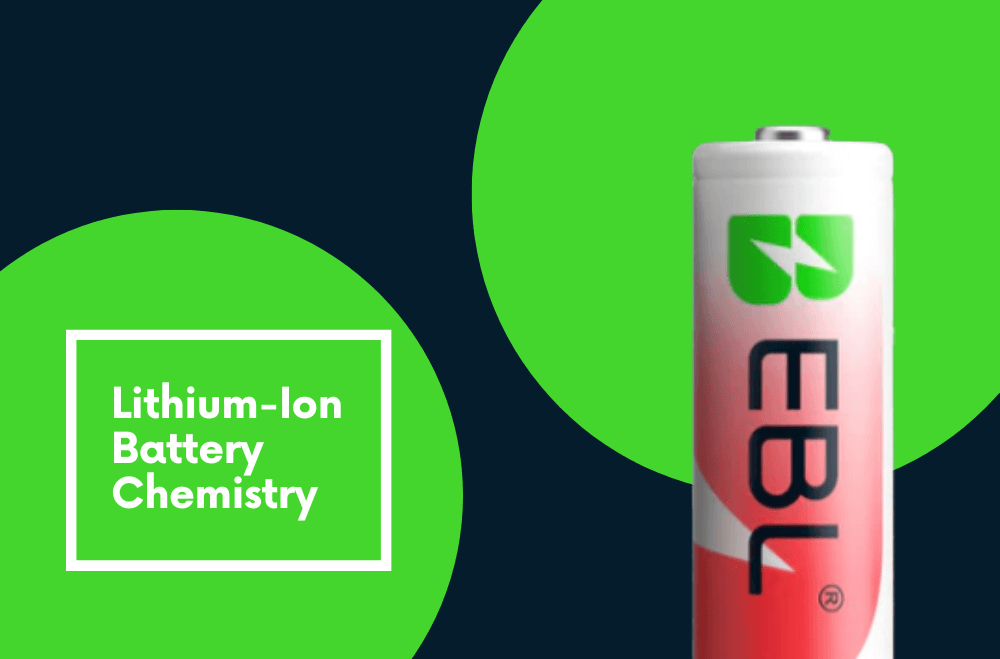

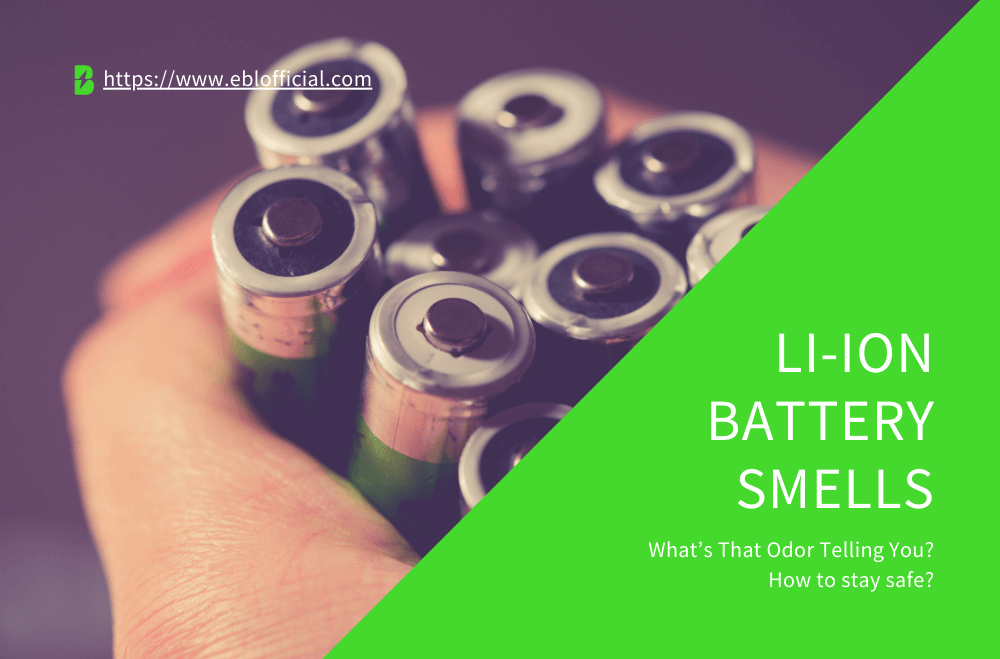
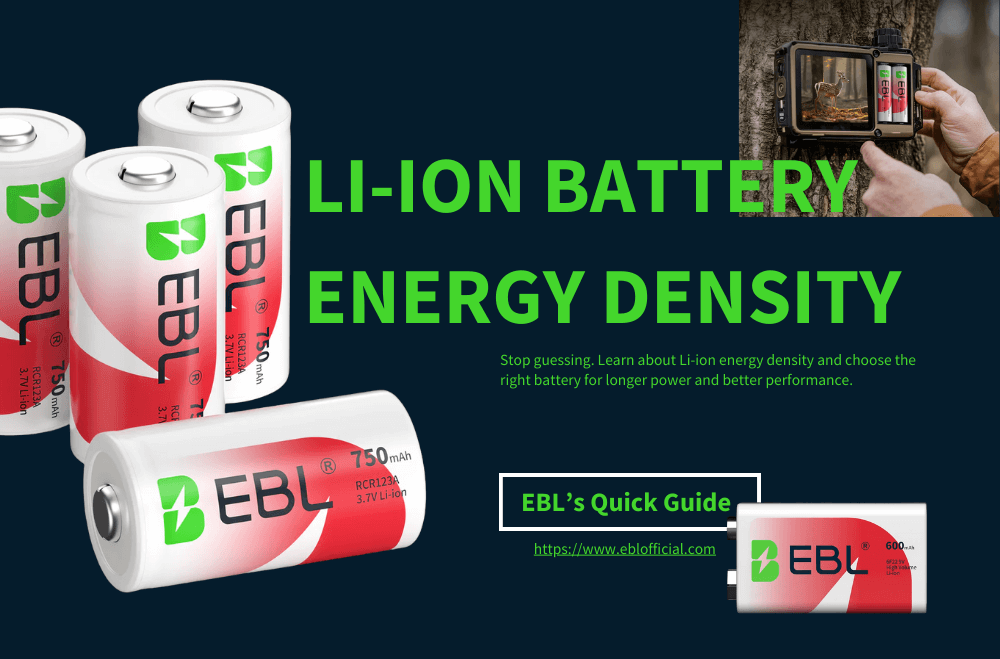
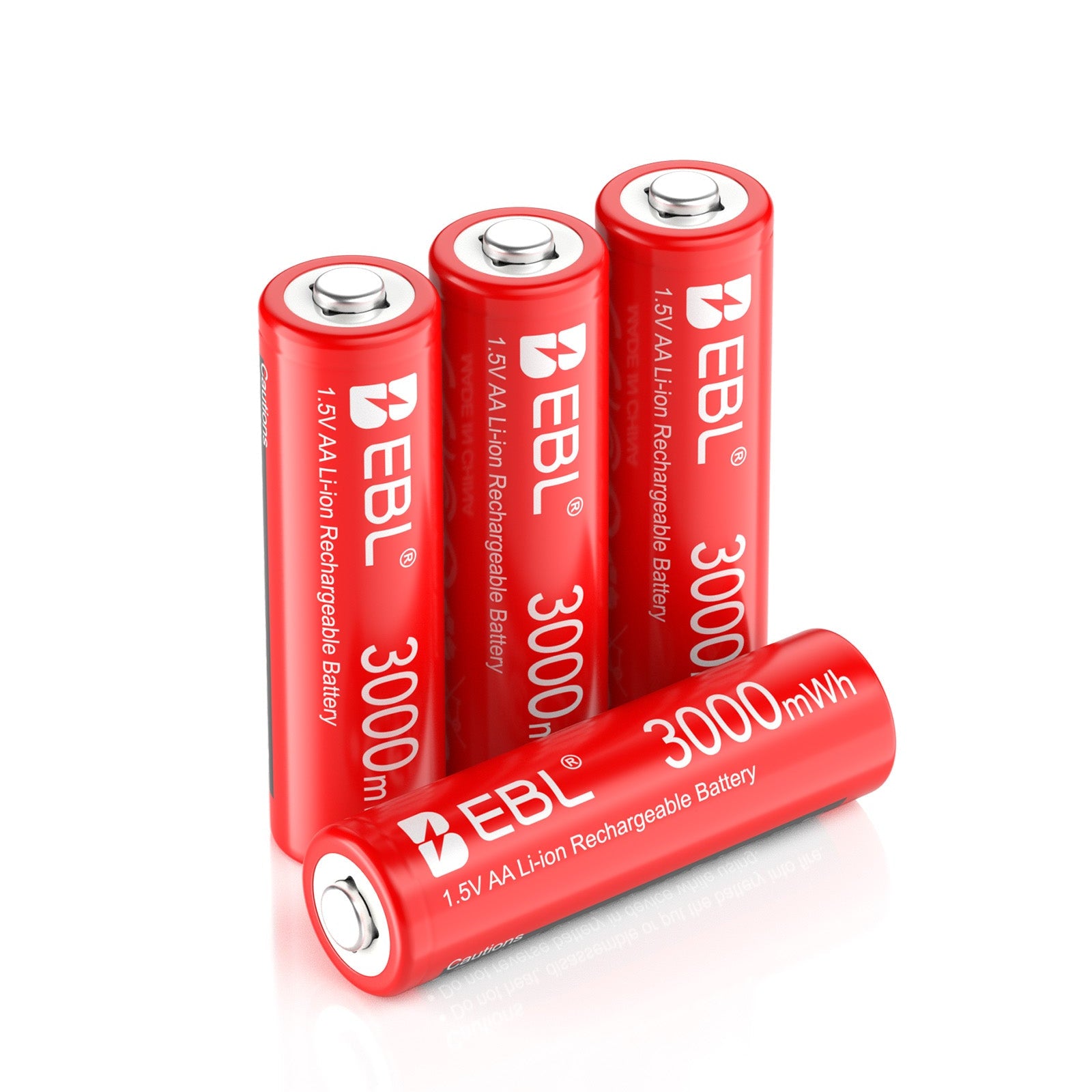
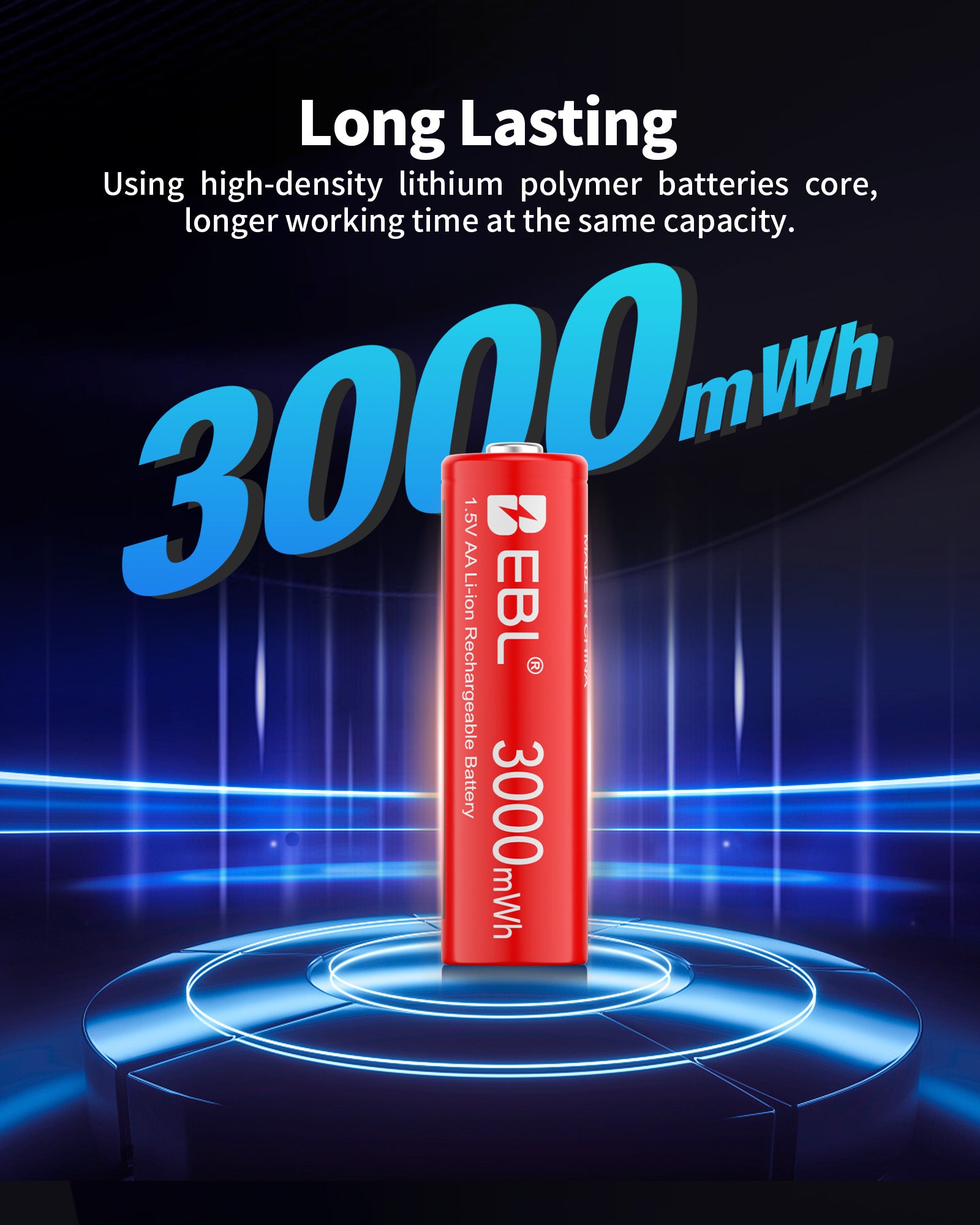
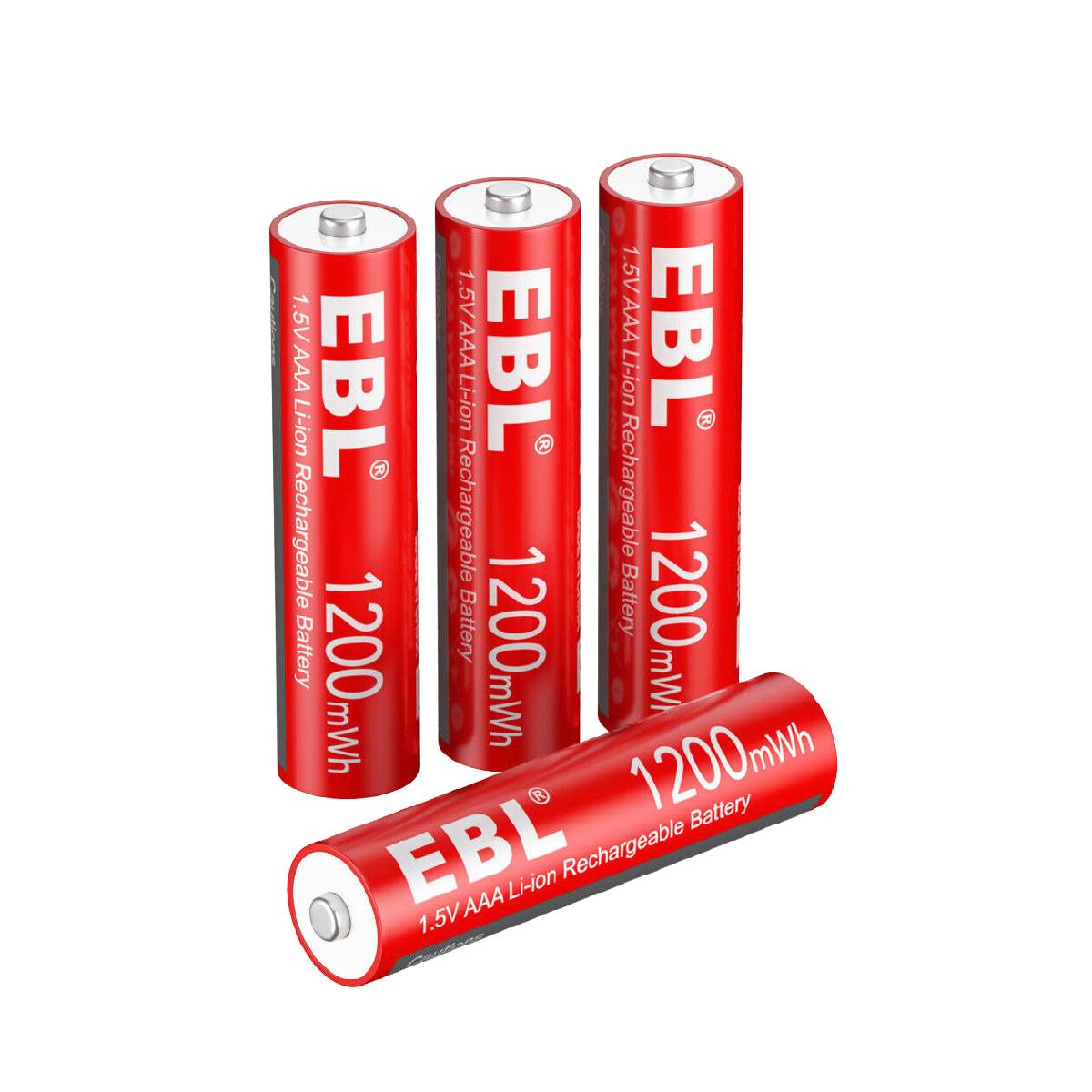
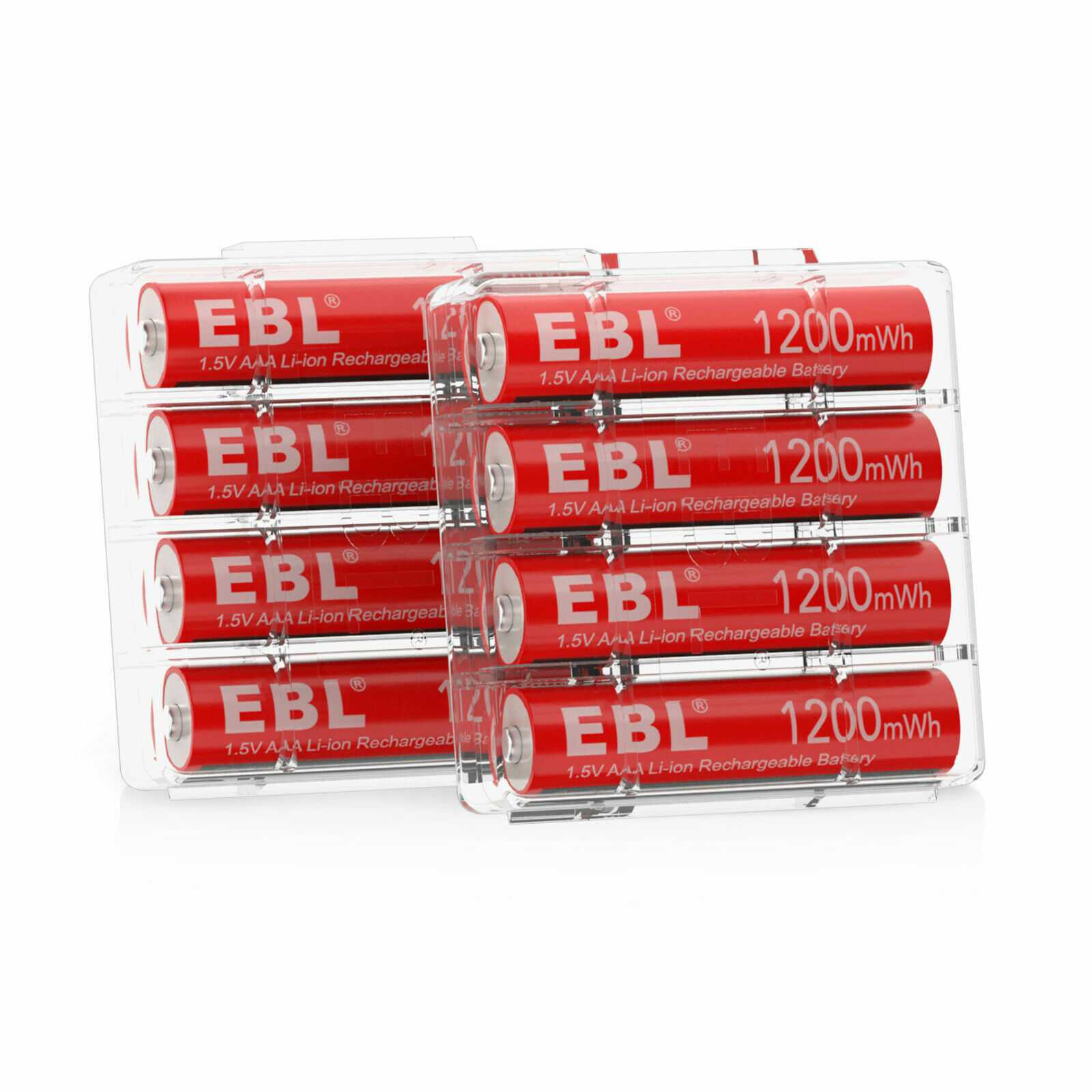
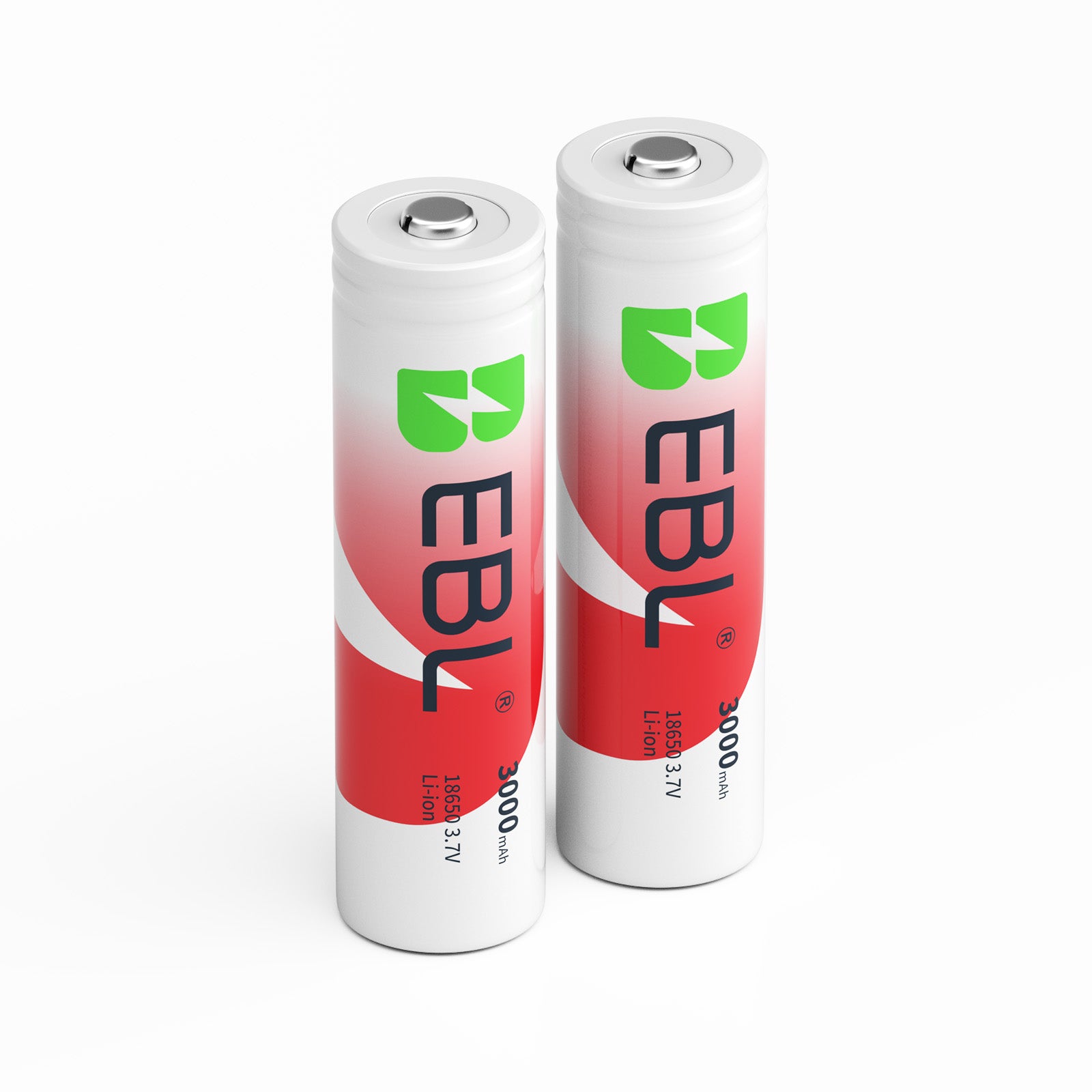
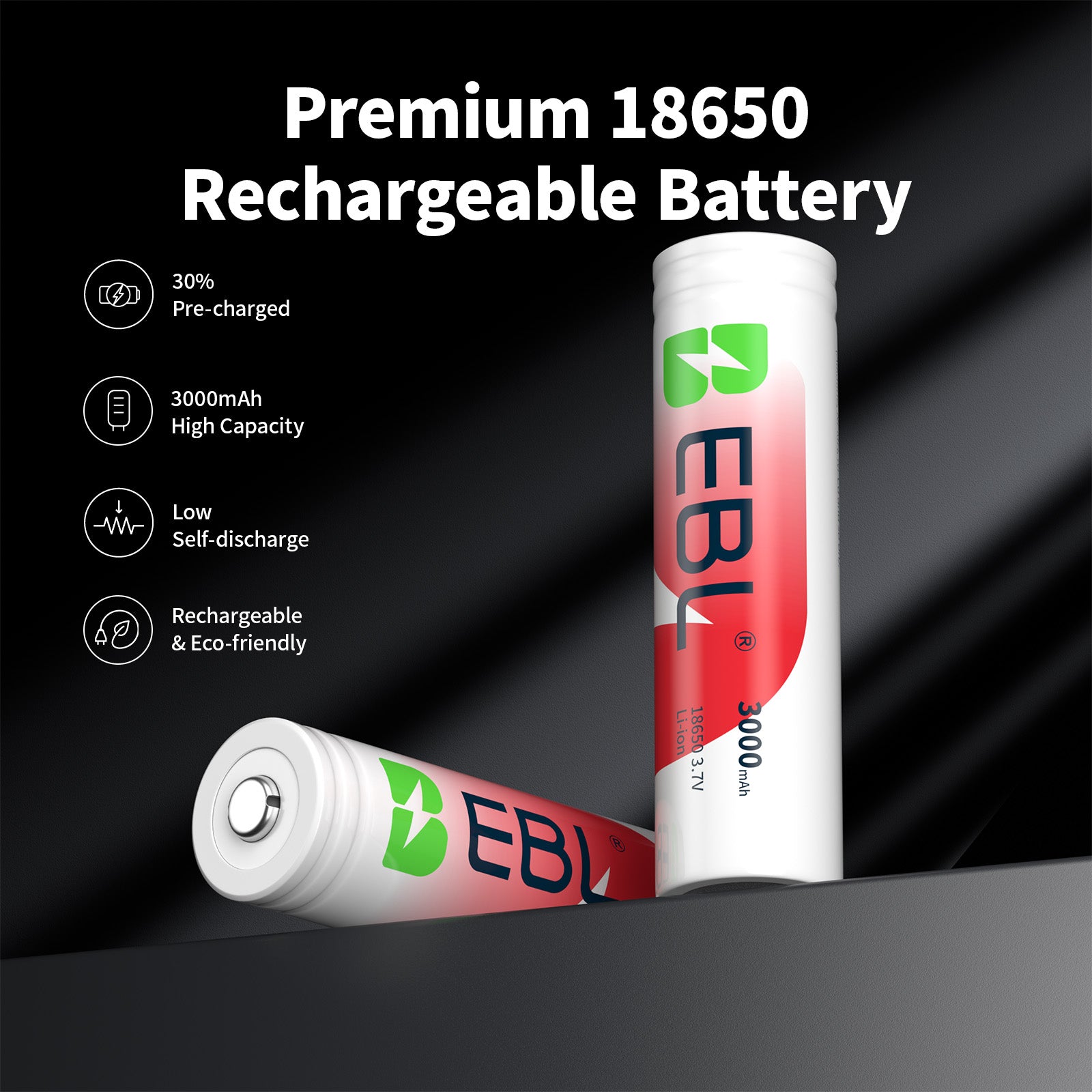
Dejar un comentario
Todos los comentarios se revisan antes de su publicación.
Este sitio está protegido por hCaptcha y se aplican la Política de privacidad de hCaptcha y los Términos del servicio.